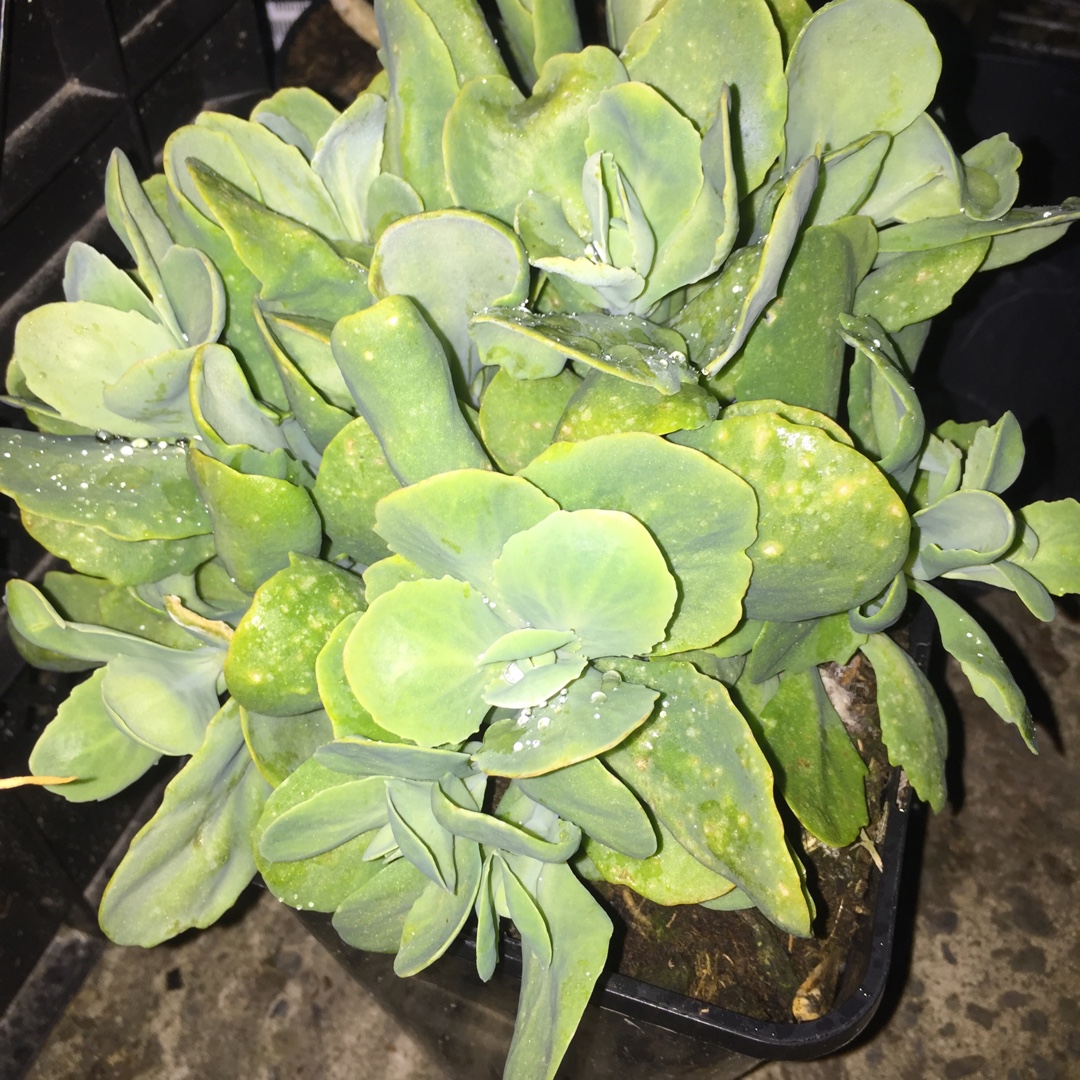
Hylotelephium Munstead
Hylotelephium 'Munstead'
http://www.crassulaceae.ch/de/artikel?akID=66&aaID=1&aiID=L&aID=2283 Perennial herbs with a rhizome or sometimes thick roots; floral stems from adventitious buds on the rhizome or nodes at the base of the flowering stem of previous years, single, annual or persistent, normally with many leaves with visible internodes, some species possessing sterile shoots. Inflorescences in cymes, composed or paniculate or in umbels-cymes of form, dense, very flowery, terminal but sometimes axillary; flowers in 5 parts (sometimes 4), petals free; flowering in summer or autumn. Until recently, they were included in the Sedum genus. Origin: Europe, Caucasus, Siberia, East Asia, North America. 27 species sometimes divided into subspecies or varieties.
Contributed by @simatics
-
Full sun to partial shade
-
Frequent watering
-
A little frost hardy: 32F (0°C)
-
Free draining and fertile
Common name
Hylotelephium 'Munstead'
Latin name
Hylotelephium Munstead
type
Succulent
family
Crassulaceae
ph
6.0 - 7.5 Acid - Neutral
Plant & bloom calendar
-
Best time to plant
full grown dimensions
 0.40 M
0.40 M
0.40 M
0.40 M
Hylotelephium Munstead
http://www.crassulaceae.ch/de/artikel?akID=66&aaID=1&aiID=L&aID=2283 Perennial herbs with a rhizome or sometimes thick roots; floral stems from adventitious buds on the rhizome or nodes at the base of the flowering stem of previous years, single, annual or persistent, normally with many leaves with visible internodes, some species possessing sterile shoots. Inflorescences in cymes, composed or paniculate or in umbels-cymes of form, dense, very flowery, terminal but sometimes axillary; flowers in 5 parts (sometimes 4), petals free; flowering in summer or autumn. Until recently, they were included in the Sedum genus. Origin: Europe, Caucasus, Siberia, East Asia, North America. 27 species sometimes divided into subspecies or varieties.
Propagating
From Early Spring TO Late Winter
Hylotelphium will grow roots from stems wherever it comes in contact with soil. Break off a piece, leave it for a day or two to rest and callous over, then stick it in the soil and wait for roots.








